The KINSC Scientific Imaging Contest is an annual contest for student-submitted images from experiments or simulations that are scientifically intriguing as well as aesthetically pleasing.
Headline Archive for Marielle Latrick
-

-

The KINSC Scientific Imaging Contest is an annual contest for student-submitted images from experiments or simulations that are scientifically intriguing as well as aesthetically pleasing.
-

Oct. 6, 2021
4:30 p.m.
VCAM Room 102This fall the KINSC continues its Growing Up in Science conversation series with Professor of Neuroscience Patrese A. Robinson-Drummer, moderated by Prof. Ryan Lei.
Growing Up in Science invites scientists to share their personal narratives, struggles, doubts, successes, detours, as well as answer your questions.
-

Q&A with the KINSC's Faculty Director, Karen Masters
-

March 26, 2021
3:00 p.m.
Zoom Event
This spring the KINSC presents its first Growing Up in Science lecture series featuring faculty member Clyde A. Daly Jr., moderated by Prof. Ryan Lei.
Growing Up in Science invites scientists to share their personal narratives, struggles, doubts, sucesses, detours, as well as answer your questions.
-
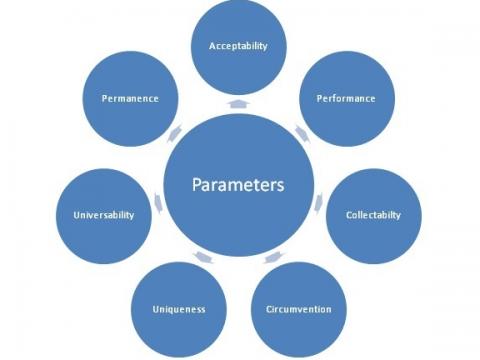
This paper reviews past metrics employed in performance evaluation, sheds light on the seven ideal criteria of a biometric system, and designs a scoring system that quantitatively assesses each criterion.
-
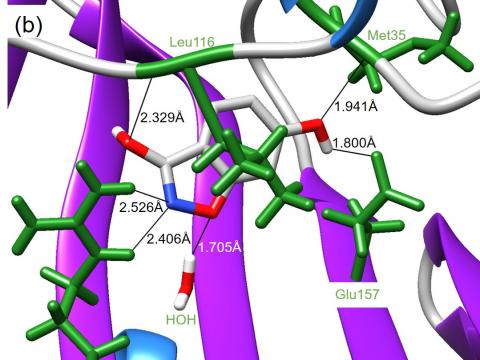
In the summer of 2020, I performed homology modeling and molecular docking to predict the antimicrobial compound's potential molecular interaction with target Acinobacter baumannii enzyme chorismate-pyruvate lyase.
-
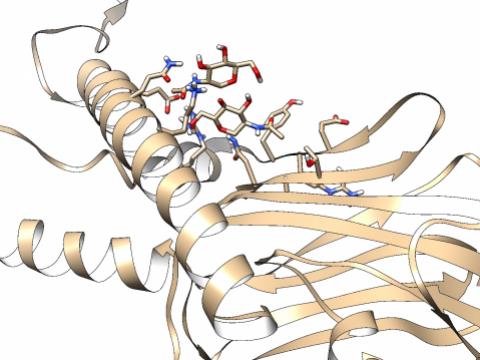
I used computational simulation to predict the interaction between alpha-synuclein and the receptor responsible for its intercellular uptake. Alpha-synuclein is a neuronal protein associated with neurological disorders such as Parkinson's Disease.
-
We've embarked on various projects, and I think our first project was most important. It dealt with the act of estimating numbers of the total number of dots on a dot-field. Our starting question was: after how many dots do our estimation skills worsen?
-
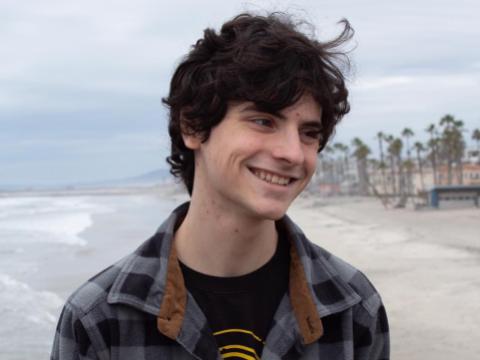
H$\alpha$ is an emission that is one of the primary indicators of Star Formation. Using citizen science to classify galactic morphology, we learn more about various properties, such as star formation or metalicities.
-
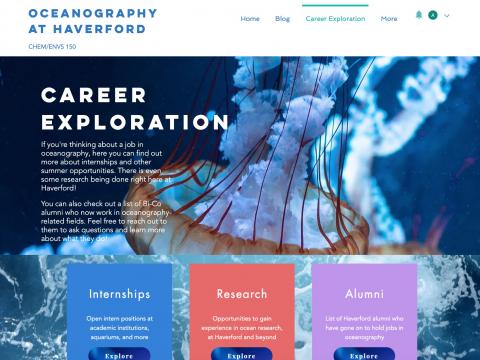
This summer the three of us (Annemarie Wood, Lucas Voit, and Sabine Blumenthal) worked with Chem and ES Professor Helen White to review the entry-level oceanography curriculum and create tools to improve our community's relationship to the oceans.
-
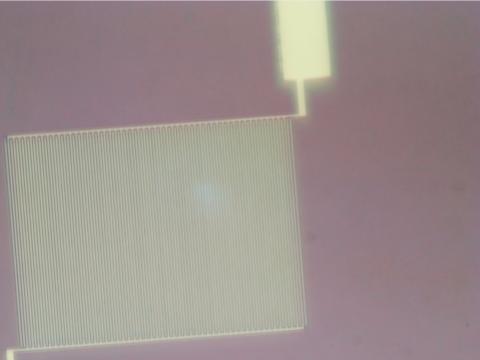
TPPS4 are self-assembling nanorods that have been shown to produce a current when illuminated by laser light. My research this summer was to further investigate this property and better understand why TPPS4 exhibits it. I also created remote labs.
-
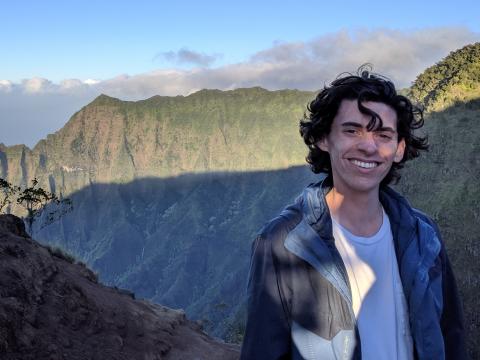
This summer we studied knot theory, more specifically quasipositive knots. This conjecture had a counterexample proving it to be false, but we showed that the counterexample wasn't valid at all!
-
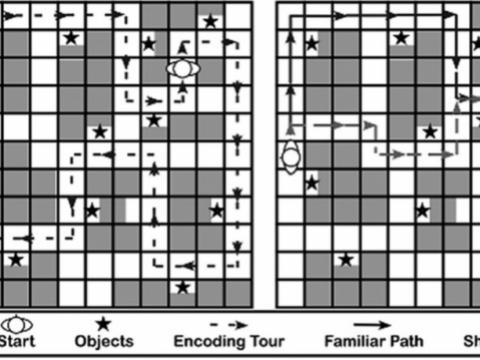
Over the summer I integrated my knowledge of both computer science and psychology, primarily through research that focused on the navigation abilities of children in virtual environments.
-
Social networks can create or strengthen a structural inequity that groups face in information access. Then, how do we differentiate between groups with varying degrees of information access, and even if we find some grouping, how do we validate it?